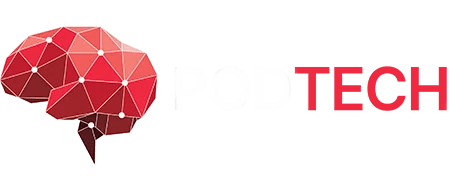Cloud optimization is the process of analyzing and configuring cloud resources allocation and operations with the intention of managing consumption and cost to get a maximum performance as well as to avoid waste.
Cloud computing is made up of many components including applications, interfaces, software, infrastructures, workloads, data storage facilities, virtual machines, security systems, and servers. All these resources must be effectively analyzed and configured to maximize performance as well as minimize waste due to over-provisioning.
Just as Russell L. Ackoff says “To manage a system effectively, you must focus on the interactions of the parts rather than their behavior taken separately”. Optimizing cloud computing resources is very important in getting the utmost use of the cloud.
What then is Cloud Optimization?
Cloud optimization is the process of analyzing and configuring cloud resources allocation and operations with the intention of managing consumption and cost to get a maximum performance as well as to avoid waste.
After implementing cloud computing, enterprises tend to ignore the post implementation part of the continuous integration as well as the continuous deployment pipeline. Most enterprises ignores their running apps and only takes action when they’ve failed to meet Service-Level Objective (SLO )and Service-Level Agreement (SLA) , or as a response to downtime – leaving most application parameters untouched altogether.
To achieve effectiveness and efficiency in the ever-growing complexity of the cloud, enterprises must put maximum effort throughout their cloud computing lifecycle.
Ways to Achieve Cloud Optimization
- Find Unused or Unattached Resources
A cloud optimization strategy should start by identifying unused and unattached resources and remove them. Sometimes an administrator or developer might forget to turn off a server after performing a function or forget to remove storage attached to instances they terminate. The implication is that the cloud provider will keep billing the organization not minding if the service is being used or not.
- Address Idle Resources.
Idle resources are resources that are provided and being paid for, but not actually being used. This is a problem that blocks cloud environments and drains budgets. In optimizing cloud computing, these resources must be identified and consolidated.
- Monitor and Improve Network Performance
Implement HTTP compression schemes and compression algorithms – to save bandwidth costs, use a Content Distribution Network (CDN) – to reduce latency and network costs, implement global load balancing, packet loss monitoring, and bandwidth management.
- Analyze Storage Facility
Consider disk compression and sophisticated object storage mechanisms, hybrid storage models as well as Optimizing lifecycle of data backups and snapshots.
- Identify Desired Compute Requirements
Select an instance type that matches or closely similar to your desired compute requirements, also scale horizontally or vertically based on event triggers in compute requirements. Optimize your selection for CPU usage, memory, storage, and networking profile.
Importance of Cloud Optimization
- Reduces Waste: the bottom line of cloud optimization is to turn unused resources off to ensure your enterprise is using the appropriate sizes which will result to only paying for what your company needs. This invariable reduces waste.
- Lowers Cost: If done right, cloud optization practices are expected to lower cloud costs.
- Enhances Control: unbudgeted and uncontrolled operating expenses will be avoided, underused cloud containers and subscriptions will be deleted, as well as unauthorized setup of new instances.
- Accurate Cost Reports: cloud optimization ensures accurate, meaningful reporting on cloud expenditure which will help to align cloud spend to business needs and implement flexible financial management.
- Enhances Security: improvement of the security of your public cloud environments is ensured.
Conclusion
Effective cloud optimization is not achieved through troubleshooting only when problems arise; true optimization needs to go deeper than surface level recommendations.

